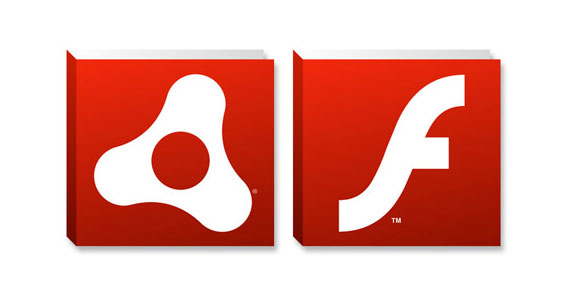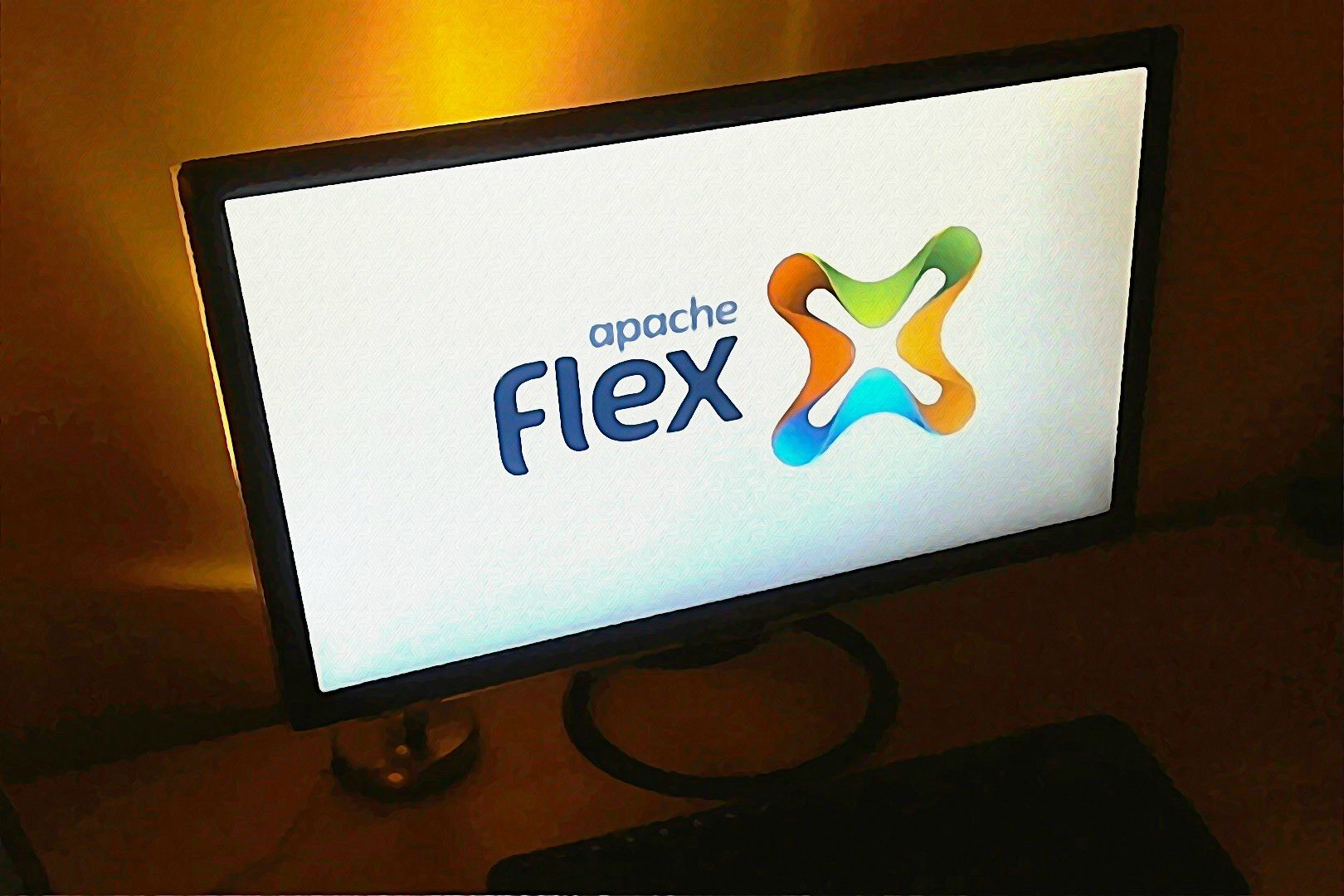Changes can often be uncomfortable, but what does Adobe Flex migrating to the open source Apache Foundation mean from a historical view? Let’s look at some commercial projects and their migration to open source.
Eclipse

Eclipse was originally a project developed by IBM Canada as a JAVA based-replacement for the Smalltalk based VisualAge family of products. In November 2001, over a decade ago, a consortium was founded to move Eclipse to open source, in 2004 the Eclipse foundation was created.
If you want to take a trip back to the past, Eclipse Version 1.0 is actually available in the Eclipse Foundation archive.
Without Eclipse, Flash Builder wouldn’t exist in this form today.
OpenOffice.org
A similar situation with OpenOffice.org
OpenOffice.org originated as StarOffice, an office suite developed by StarDivision and acquired by Sun Microsystems in August 1999. The source code of the suite was released in July 2000 with the aim of reducing the dominant market share of Microsoft Office by providing a free and open alternative. [Wikipedia]
And it obviously worked:
OpenOffice.org 3.x reached one hundred million downloads just over a year since its release. [Wikipedia]
Apache HTTP server
Apache is a project of the Apache Software Foundation and part of Flash Media Server 4.5.1,
Since April 1996 Apache has been the most popular HTTP server software in use. As of May 2011 Apache was estimated to serve 63% of all websites and 66% of the million busiest. [Wikipedia]
These are just some examples, but it becomes clear open source is an opportunity, not a burden, especially if large enterprises can now take their faith and their Flex framework feature requests into their own hands.
Please note this is my personal opinion, Deepa Subramaniam has an official update on the Flex Team Blog.




Jens,
Brief history of how previous commercial products have successfully made the transition into open source is very helpful.
Questions – Are there any major familiar in the past – where a commercial product didn't really take off once its in the open source model?
Also, does the success of such a transition has any bearing on the amount of time in which the commercial product was already in the market and size of its current user base or role of a big corporation as a champion to make it open source?
@Vsistla
Great questions. I am sure there were many failures, but this holds true for commercial and open source projects. Flex is a viable option for mission critical enterprise applications, therefore it has continued value and support. When HTML5 becomes a better option for enterprise applications, this can change, but the move to an open model for Flex will give enterprises and the developer community the ability to influence the direction, features and speed of innovation – which in my personal opinion is an advantage, rather than a limiting factor.